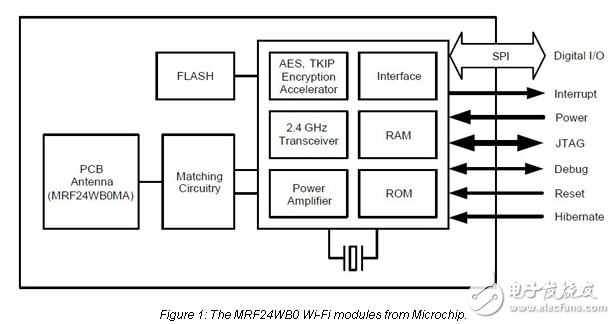
资料下载

商业照明用无线网络
商业照明用无线网络
降低照明系统的成本是商业设施日益重要的因素。能源价格使楼宇自动化更为普遍,使用无线网络和控制节点在不需要时就关闭设备以节省成本。
对于照明系统,这是与越来越多地使用“日光收集”相结合,以尽量减少使用人工照明,并结合自然光与适当的照明,无论是卤素灯,荧光灯,或LED。这通常意味着重新设计照明环境,通常包括来自窗户的自然光线,以改善办公室环境,以及更直接地控制照明系统。这可以通过本地传感器来完成,但越来越多的照明设备正在与无线网络连接,以提供集中控制。这样就可以实现新的控制算法,以更有效地利用整个建筑物的照明,连接其他系统,如安全和维护,以更有效地管理设施。通过直接通过办公室无线网络或通过网关访问因特网,这些系统可以远程控制,以获得更大的灵活性。

In the commercial environment, there are several factors influencing the implementation of a wireless network for the lighting system. Mesh networks such as the 802.15.4 ZigBee and Synapse Wireless’ SNAP provide a low power, low-cost self-contained approach optimized for building automation.
However, with 802.11 Wi-Fi being prevalent in the commercial environment, this becomes an option for controlling the lighting systems, allowing a direct link with enterprise systems and remote control via the Internet. High volume production of the 2.4 GHz 802.11 b and g chipsets for laptops and mobile phones means these devices are cost effective, and integration into a module simplifies the design more effectively than the 5 GHz 802.11a versions.
声明:本文内容及配图由入驻作者撰写或者入驻合作网站授权转载。文章观点仅代表作者本人,不代表电子发烧友网立场。文章及其配图仅供工程师学习之用,如有内容侵权或者其他违规问题,请联系本站处理。 举报投诉
- 相关下载
- 相关文章







